HSBC 2010 Annual Report Download - page 142
Download and view the complete annual report
Please find page 142 of the 2010 HSBC annual report below. You can navigate through the pages in the report by either clicking on the pages listed below, or by using the keyword search tool below to find specific information within the annual report.-
 1
1 -
 2
2 -
 3
3 -
 4
4 -
 5
5 -
 6
6 -
 7
7 -
 8
8 -
 9
9 -
 10
10 -
 11
11 -
 12
12 -
 13
13 -
 14
14 -
 15
15 -
 16
16 -
 17
17 -
 18
18 -
 19
19 -
 20
20 -
 21
21 -
 22
22 -
 23
23 -
 24
24 -
 25
25 -
 26
26 -
 27
27 -
 28
28 -
 29
29 -
 30
30 -
 31
31 -
 32
32 -
 33
33 -
 34
34 -
 35
35 -
 36
36 -
 37
37 -
 38
38 -
 39
39 -
 40
40 -
 41
41 -
 42
42 -
 43
43 -
 44
44 -
 45
45 -
 46
46 -
 47
47 -
 48
48 -
 49
49 -
 50
50 -
 51
51 -
 52
52 -
 53
53 -
 54
54 -
 55
55 -
 56
56 -
 57
57 -
 58
58 -
 59
59 -
 60
60 -
 61
61 -
 62
62 -
 63
63 -
 64
64 -
 65
65 -
 66
66 -
 67
67 -
 68
68 -
 69
69 -
 70
70 -
 71
71 -
 72
72 -
 73
73 -
 74
74 -
 75
75 -
 76
76 -
 77
77 -
 78
78 -
 79
79 -
 80
80 -
 81
81 -
 82
82 -
 83
83 -
 84
84 -
 85
85 -
 86
86 -
 87
87 -
 88
88 -
 89
89 -
 90
90 -
 91
91 -
 92
92 -
 93
93 -
 94
94 -
 95
95 -
 96
96 -
 97
97 -
 98
98 -
 99
99 -
 100
100 -
 101
101 -
 102
102 -
 103
103 -
 104
104 -
 105
105 -
 106
106 -
 107
107 -
 108
108 -
 109
109 -
 110
110 -
 111
111 -
 112
112 -
 113
113 -
 114
114 -
 115
115 -
 116
116 -
 117
117 -
 118
118 -
 119
119 -
 120
120 -
 121
121 -
 122
122 -
 123
123 -
 124
124 -
 125
125 -
 126
126 -
 127
127 -
 128
128 -
 129
129 -
 130
130 -
 131
131 -
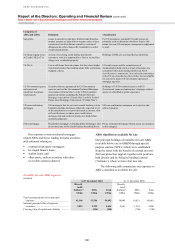 132
132 -
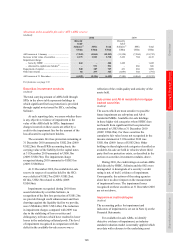 133
133 -
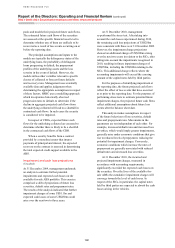 134
134 -
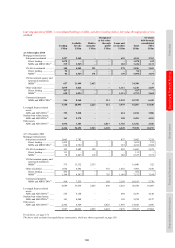 135
135 -
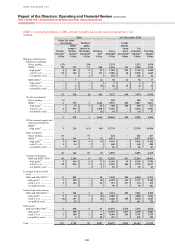 136
136 -
 137
137 -
 138
138 -
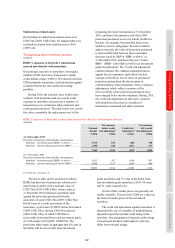 139
139 -
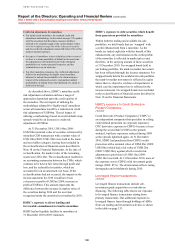 140
140 -
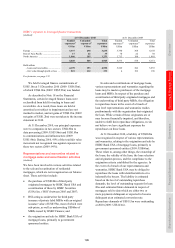 141
141 -
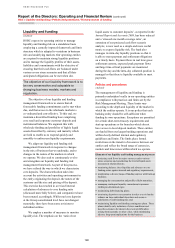 142
142 -
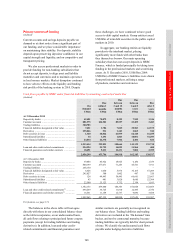 143
143 -
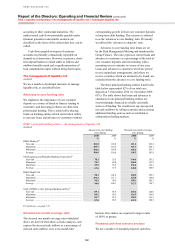 144
144 -
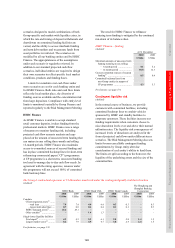 145
145 -
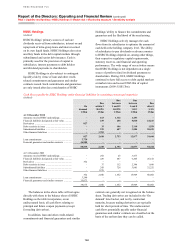 146
146 -
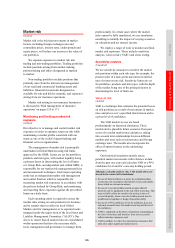 147
147 -
 148
148 -
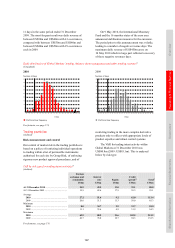 149
149 -
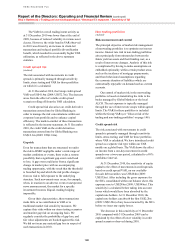 150
150 -
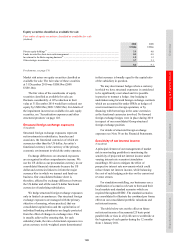 151
151 -
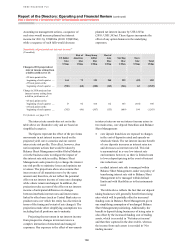 152
152 -
 153
153 -
 154
154 -
 155
155 -
 156
156 -
 157
157 -
 158
158 -
 159
159 -
 160
160 -
 161
161 -
 162
162 -
 163
163 -
 164
164 -
 165
165 -
 166
166 -
 167
167 -
 168
168 -
 169
169 -
 170
170 -
 171
171 -
 172
172 -
 173
173 -
 174
174 -
 175
175 -
 176
176 -
 177
177 -
 178
178 -
 179
179 -
 180
180 -
 181
181 -
 182
182 -
 183
183 -
 184
184 -
 185
185 -
 186
186 -
 187
187 -
 188
188 -
 189
189 -
 190
190 -
 191
191 -
 192
192 -
 193
193 -
 194
194 -
 195
195 -
 196
196 -
 197
197 -
 198
198 -
 199
199 -
 200
200 -
 201
201 -
 202
202 -
 203
203 -
 204
204 -
 205
205 -
 206
206 -
 207
207 -
 208
208 -
 209
209 -
 210
210 -
 211
211 -
 212
212 -
 213
213 -
 214
214 -
 215
215 -
 216
216 -
 217
217 -
 218
218 -
 219
219 -
 220
220 -
 221
221 -
 222
222 -
 223
223 -
 224
224 -
 225
225 -
 226
226 -
 227
227 -
 228
228 -
 229
229 -
 230
230 -
 231
231 -
 232
232 -
 233
233 -
 234
234 -
 235
235 -
 236
236 -
 237
237 -
 238
238 -
 239
239 -
 240
240 -
 241
241 -
 242
242 -
 243
243 -
 244
244 -
 245
245 -
 246
246 -
 247
247 -
 248
248 -
 249
249 -
 250
250 -
 251
251 -
 252
252 -
 253
253 -
 254
254 -
 255
255 -
 256
256 -
 257
257 -
 258
258 -
 259
259 -
 260
260 -
 261
261 -
 262
262 -
 263
263 -
 264
264 -
 265
265 -
 266
266 -
 267
267 -
 268
268 -
 269
269 -
 270
270 -
 271
271 -
 272
272 -
 273
273 -
 274
274 -
 275
275 -
 276
276 -
 277
277 -
 278
278 -
 279
279 -
 280
280 -
 281
281 -
 282
282 -
 283
283 -
 284
284 -
 285
285 -
 286
286 -
 287
287 -
 288
288 -
 289
289 -
 290
290 -
 291
291 -
 292
292 -
 293
293 -
 294
294 -
 295
295 -
 296
296 -
 297
297 -
 298
298 -
 299
299 -
 300
300 -
 301
301 -
 302
302 -
 303
303 -
 304
304 -
 305
305 -
 306
306 -
 307
307 -
 308
308 -
 309
309 -
 310
310 -
 311
311 -
 312
312 -
 313
313 -
 314
314 -
 315
315 -
 316
316 -
 317
317 -
 318
318 -
 319
319 -
 320
320 -
 321
321 -
 322
322 -
 323
323 -
 324
324 -
 325
325 -
 326
326 -
 327
327 -
 328
328 -
 329
329 -
 330
330 -
 331
331 -
 332
332 -
 333
333 -
 334
334 -
 335
335 -
 336
336 -
 337
337 -
 338
338 -
 339
339 -
 340
340 -
 341
341 -
 342
342 -
 343
343 -
 344
344 -
 345
345 -
 346
346 -
 347
347 -
 348
348 -
 349
349 -
 350
350 -
 351
351 -
 352
352 -
 353
353 -
 354
354 -
 355
355 -
 356
356 -
 357
357 -
 358
358 -
 359
359 -
 360
360 -
 361
361 -
 362
362 -
 363
363 -
 364
364 -
 365
365 -
 366
366 -
 367
367 -
 368
368 -
 369
369 -
 370
370 -
 371
371 -
 372
372 -
 373
373 -
 374
374 -
 375
375 -
 376
376 -
 377
377 -
 378
378 -
 379
379 -
 380
380 -
 381
381 -
 382
382 -
 383
383 -
 384
384 -
 385
385 -
 386
386 -
 387
387 -
 388
388 -
 389
389 -
 390
390 -
 391
391 -
 392
392 -
 393
393 -
 394
394 -
 395
395 -
 396
396
 |
 |

HSBC HOLDINGS PLC
Report of the Directors: Operating and Financial Review (continued)
Risk > Liquidity and funding > Policies and procedures / Primary sources of funding
140
Liquidity and funding
(Audited)
HSBC expects its operating entities to manage
liquidity and funding risk on a standalone basis
employing a centrally imposed framework and limit
structure which is adapted to variations in business
mix and underlying markets. Our operating entities
are required to maintain strong liquidity positions
and to manage the liquidity profiles of their assets,
liabilities and commitments with the objective of
ensuring that their cash flows are balanced under
various severe stress scenarios and that all their
anticipated obligations can be met when due.
The objective of our liquidity framework is to
be very conservative and adaptable to
changing business models, markets and
regulation.
The objective of our liquidity and funding
management framework is to ensure that all
foreseeable funding commitments can be met when
due, and that access to the wholesale markets is
co-ordinated and cost-effective. To this end, we
maintain a diversified funding base comprising
core retail and corporate customer deposits and
institutional balances. We augment this with
wholesale funding and portfolios of highly liquid
assets diversified by currency and maturity which
are held to enable us to respond quickly and
smoothly to unforeseen liquidity requirements.
We adapt our liquidity and funding risk
management framework in response to changes
in the mix of business that we undertake, and to
changes in the nature of the markets in which
we operate. We also seek to continuously evolve
and strengthen our liquidity and funding risk
management framework. As part of this process,
we have refined the way in which we characterise
core deposits. The characterisation takes into
account the activities and operating environment in
the entity originating the deposit, the nature of the
customer and the size and pricing of the deposit.
This exercise has resulted in a revised internal
calculation of advances to core funding ratio
(discussed more fully below), and comparatives have
been restated accordingly. While total core deposits
at the Group consolidated level have not changed
materially, there have been some revisions to
individual entities.
We employ a number of measures to monitor
liquidity risk. The emphasis on the ‘ratio of net
liquid assets to customer deposits’, as reported in the
Annual Report and Accounts 2009, has been reduced
and a ‘stressed one month coverage ratio’, an
extension of our projected cash flow scenario
analysis, is now used as a simple and more useful
metric to express liquidity risk. The bank also
manages its intra-day liquidity positions so that it
is able to meet payment and settlement obligations
on a timely basis. Payment flows in real time gross
settlement systems, expected peak payment flows
and large time-critical payments are monitored
during the day and the intra-day collateral position is
managed so that there is liquidity available to meet
payments.
Policies and procedures
(Audited)
The management of liquidity and funding is
primarily undertaken locally in our operating entities
in compliance with practices and limits set by the
Risk Management Meeting. These limits vary
according to the depth and liquidity of the market in
which the entities operate. It is our policy that each
banking entity should be self-sufficient when
funding its own operations. Exceptions are permitted
for certain short-term treasury requirements and
start-up operations or for branches which do not
have access to local deposit markets. These entities
are funded from our largest banking operations and
within clearly defined internal and regulatory
guidelines and limits. The limits place formal
restrictions on the transfer of resources between our
entities and reflect the broad range of currencies,
markets and time zones within which we operate.
Elements of our liquidity and funding management process
• projecting cash flows by major currency under various
stress scenarios and considering the level of liquid assets
necessary in relation thereto;
• monitoring balance sheet liquidity and advances to core
funding ratios against internal and regulatory requirements;
• maintaining a diverse range of funding sources with back-up
facilities;
• managing the concentration and profile of debt maturities;
• managing contingent liquidity commitment exposures
within pre-determined caps;
• maintaining debt financing plans;
• monitoring depositor concentration in order to avoid undue
reliance on large individual depositors and ensure a
satisfactory overall funding mix; and
• maintaining liquidity and funding contingency plans. These
plans identify early indicators of stress conditions and
describe actions to be taken in the event of difficulties
arising from systemic or other crises, while minimising
adverse long-term implications for the business.
